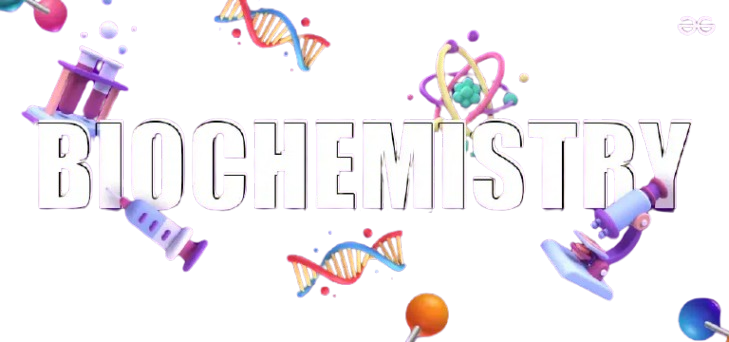Tag: biochemistry exercsie
-
Biochemistry Solved Exercise Punjab text book
Access comprehensive solutions to the Biochemistry exercise from Punjab Textbook Board. Simplified answers, detailed explanations, and helpful notes designed for college students to excel in their chemistry studies. Short Answer...


